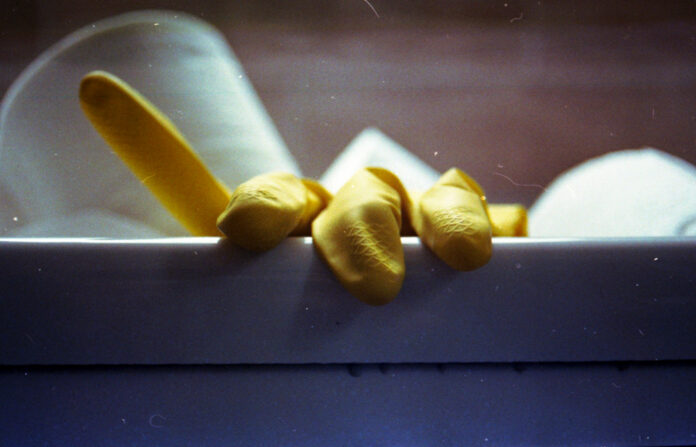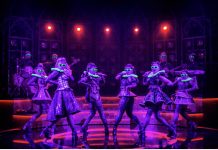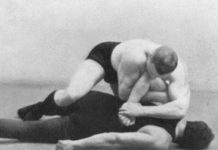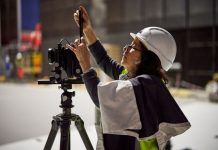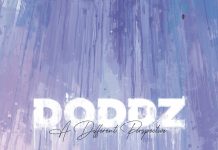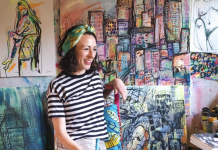The new exhibition Obstructions was due to preview on Saturday 21 November. However, in line with the national COVID-19 lockdown and new Tier 3 restrictions that will be introduced from Wednesday 2 December for areas including Greater Manchester, Castlefield Gallery’s main premises will remain closed for a further extended period.
Until they can open our doors again Castlefield Gallery will be inviting audiences to visit Obstructions from the comfort of their homes, and engage with the project online.
On 6 December obstructions-castlefieldgallery.co.uk will go live with digital content from the exhibition. Online visitors will be able to watch video works, view installation images and read responses from the artists about their work in the exhibition. A 360° virtual tour of the exhibition will also enable visitors to travel digitally through the gallery space. A series of special online events programmed to coincide with the exhibition will take place through January and February and will be announced soon.
Earlier this year, Castlefield Gallery invited 15 artists from the North West of England to re-make an existing piece of their work with one condition: they had to accept a bespoke ‘Obstruction’ given to them by another artist in the exhibition. Inspired by a long history of artists using self-imposed restrictions to aid creative or free thinking, it also riffs off the restrictions and disruptions caused by COVID-19.
Selected from Salford Scholars who are supported by University of Salford Art Collection, Castlefield Gallery Mentees from Manchester School of Art, and the gallery’s bOlder programme, all the artists are either under 30 or over 50 years of age, creating the opportunity to foster a conversation between two distinct generations. At a time when perceptions of different generations may be fraught with misconceptions, this process has enabled them to learn from each other.
Artists: Heather Bell, Maya Chowdhry, Tara Collette, Alena Ruth Donely, Jack Doyle, Jane Fairhurst, Sarah Feinmann, Tina Finch, Sabrina Fuller, Parham Ghalamdar, Claire Hignett, Paddy O’Donnell, Chris Rainham, Katie Tomlinson, Ian Vines.
Each Obstruction varies: most are short, a few are long and detailed with sub points and several stages. Some are specific and practical while others are more conceptual and abstract, such as ‘…you must tell us a story which must include a Goddess and full-on, uninhibited anger’.
With a desire to be supportive but also to challenge each other, each Obstruction has been received with mixed reactions. Some chose to push back against them, playfully interpreting them or taking them overly literally. What may appear to be a subtle request, may in fact be a great challenge for an artist as they are pushed out of their comfort zone, either with the materials they have to use or the way they have to think.
Artists who would normally rely on the support of the wall are having to make works that will ‘stand up on their own’. Those who usually make good use of colour are now seeing only in monochrome or have been simply forced to paint without their brushes. Others have had to work with washed up plastics or only the things they have acquired in the last six months.
Often the obstructions have sent the artists in oblique directions finding themselves meeting up with their childhood imaginary friend in meta-narrative film works or constructing a war time bunker for one. The potential for failure is part of the excitement of the project. The artists know well that the benefit from risks taken now may have a long-lasting effect on their future work.
Castlefield Gallery continued to nurture contemporary visual artists during the lockdown period, taking its exhibitions online, generating paid work for artists in a time of great uncertainty, contributing to non-digital activity to reach out to vulnerable communities in the region as well as developing plans for connecting artists within the North West region and Greater Manchester with international artists. As the artists in this exhibition are North West-based with the majority in Greater Manchester, the gallery focused its support with an opportunity to show their work and to connect with their peers and other artists locally that they might not otherwise encounter.

